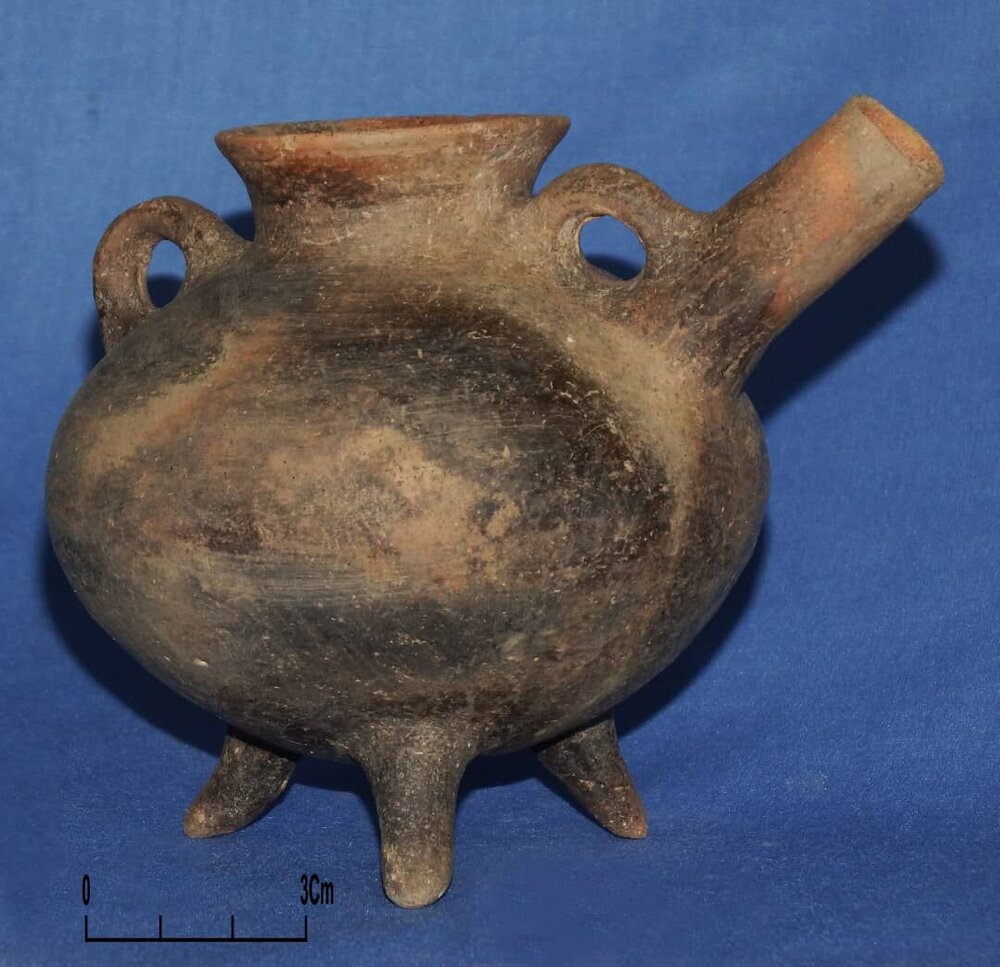Relics to be loaned to Chinese exhibit on Persia

TEHRAN – A selection of Persian relics discovered in Liar-Sang-Bon, an archaeological site and cemetery in the Amlash region, northern Gilan province, are to be loaned to a major exhibition in Beijing, the deputy provincial tourism chief has announced.
The collection consists of Parthian-era (247 BC – 224 CE) and Sassanid period (224–651) objects unearthed in the recent excavations carried out at the archaeological site, IRNA quoted Vali Jahani as saying on Saturday.
The official, however, did not offer more details about the exhibit, which he described as devoted to Iranian arts and culture during the Persian Empire (c. 550-330).
One of the reasons for displaying these valuable objects is to introduce visitors to the culture, civilization, and history of the people of the northern region of Iran, he noted.
Liar-Sang-Bon was initially identified in the Iranian calendar year 1391 (March 2012-March 2013) while its related mapping and demarcating projects were completed in 1393 and its first season of excavation commenced in 1395.
The site has undergone several archaeological surveys since then and the result has been the discovery of about 100 ancient tombs, a considerable number of historical objects, and very important information about the style and custom of burial of the people of that period.
However, the site was partly looted by antique seekers during a two-year gap in archaeological seasons.
Amlash, now a county in Gilan province, was a small village in southeastern Gilan in 1959. The name originates from the nearby Alborz valleys where archaeological artifacts were discovered during excavations. The artifacts range in date from the late second millennium BC through the Partho-Sasanian period, but most of the objects are dated to the 9th-8th century BC.
Dating and meaning of the known objects (bronze weapons and animal figurines, human statuettes of terra cotta and bronze, pottery animal effigy vases, and burnished black, gray, or orange pottery vessels) are complicated by insufficient archaeological contexts.
Bounded by the Caspian Sea and the Republic of Azerbaijan on the north, Gilan, in the far past, was within the sphere of influence of the successive Achaemenid, Seleucid, Parthian, and Sassanid empires that ruled Iran until the 7th century CE.
Sophisticated Rasht, capital of Gilan province, has long been a weekend escape for residents of Tehran who are looking to sample the famous local cuisine and hoping for some pluvial action – it's the largest, and wettest town in the northern region. Gilan is divided into a coastal plain including the large delta of Sefid Rud and adjacent parts of the Alborz mountain range.
ABU/AFM

Leave a Comment